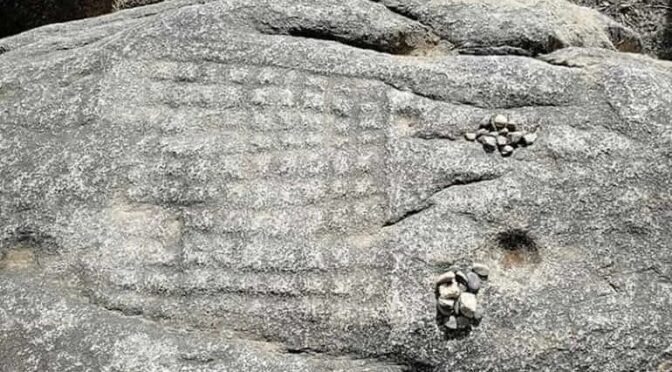The Tubo Kingdom of Tibet flourished from circa the 7th – 9th centuries. Interestingly enough, the ancient land-locked realm was influenced by both contemporary Chinese and Indians, especially in the fields of government, religion, literature, and culture.

Pertaining to the latter, archaeologists have discovered a Tibetan chessboard engraved on an imposing rock surface dating back to the Tubo era.
The discovery was made in what is now southwest China’s Sichuan province, with the site being located only around 19 miles away from the autonomous region of Garze in Tibet.
According to the researchers from the cultural and tourism bureau of the Tibetan autonomous region, the chessboard was carved on the surface of a 2-tonne rock, thus essentially making it the centrepiece of the massive ‘setup’.
However, since we are talking about chess, the board arrangement varies from our modern chessboard, with the 1,300-year-old specimen having 100 squares instead of 64.
Furthermore, the researchers also found two grooves on either side of the engraved board that was probably used for holding the pieces.

Now in terms of history, the Tubo Kingdom was multi-ethnic in nature, while also being one of the most powerful realms of Eastern Asia that established its dominance outside of traditional Tibet – mainly in the regions of what is now modern Gansu and Qinghai.
As for the cultural side of affairs, this ancient version of chess was pretty popular among the Tibetan noble classes, with the game often played by the commanders of the realm.
Relating to this scope, Chinese archaeologists had previously discovered a similar Tibetan chessboard in Maizhokunggar county within Tibet proper.

Leave a Reply